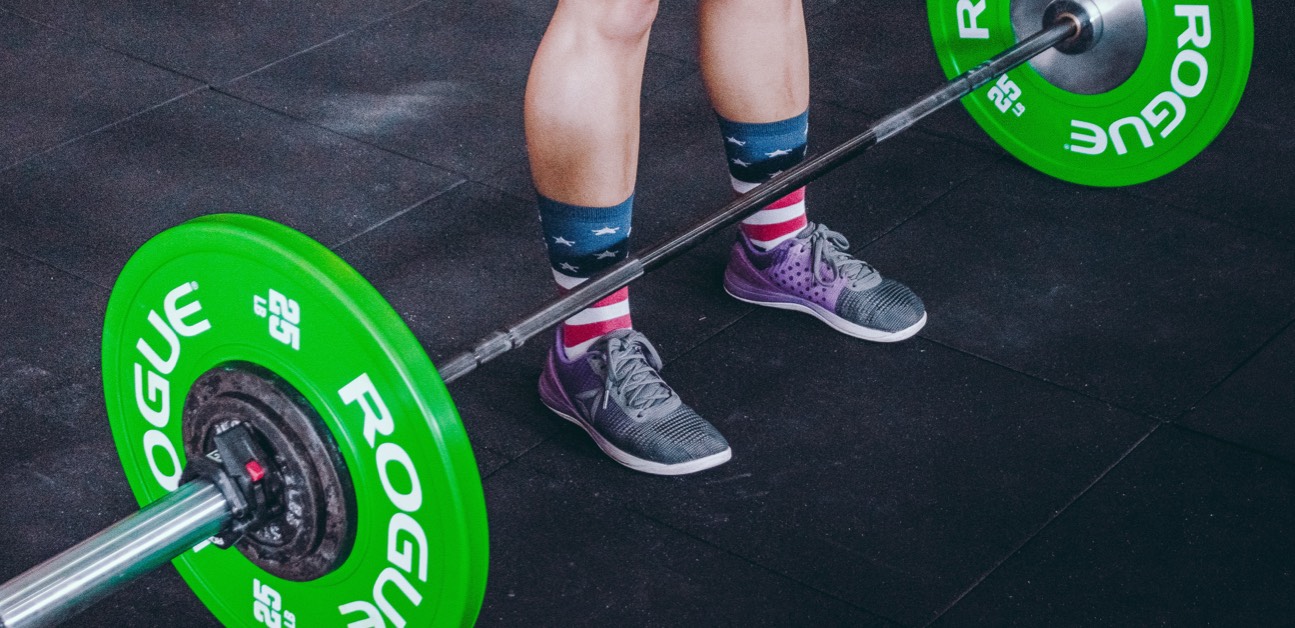Strength Training Maintenance for Cyclists

You can extend the benefits of strength training into your cycling training season with a basic maintenance routine. Here’s how you can tell when it’s time for strength training maintenance and how to start building your own strength training maintenance routine.
Balancing Strength Training With Cycling Training
In a cycling training plan, you build strength through a progressive training overload followed by sufficient rest. The same goes for strength training. Through incremental challenges followed by enough rest, your body adapts and grows stronger.
Athletes following a strength training plan in conjunction with a cycling training plan have to balance their strength rest-and-stress with their cycling rest-and-stress. Otherwise, they risk overtraining or interfering with the progression of their cycling training.
Maintaining this balance is straightforward in the off-season when you’re not following a cycling training plan, and easier in the base season when the lower overall levels of training stress leave room for experimenting. But, once your cycling training plan begins introducing intensity, this balance becomes tricky.
The fatigue, onset by strength training, can interfere with harder cycling training sessions, and the physical demand of your cycling training plan can become too much to stay productive and safe in the gym. As a cyclist, the goal of functional strength training is to complement the structure and goals of your cycling training plan. If strength training prevents you from completing your cycling workouts or is pushing you towards an injury, it defeats the purpose.
Introduce a Maintenance Regimen
So what do you do when your cycling training plan overpowers your strength training? If possible, you won’t want to stop strength training. There are numerous benefits for endurance athletes who maintain a strength training routine year-round. Strength training helps guard against injury, reduces muscle compensation, helps you become stronger, and improves efficiency.
Adaptive Training
Get the right workout, every time with training that adapts to you.
Check Out TrainerRoadInstead, when you can’t maintain a progressive strength training plan, start completing a maintenance routine. A maintenance routine is a simple, low-stress strength training routine. It incorporates exercises and practices that are challenging enough to brush up on your current abilities, but not so challenging that they leave you feeling fatigued. You should be able to complete a maintenance regimen in conjunction with your cycling training plan.
You might not be setting any personal records with a minimal strength routine like this, but you will probably be able to maintain a lot of the good that comes with frequent strength training. Adhering to a regular maintenance routine can help you continue all the benefits that resistance training brings. The best part is that it takes very little to maintain what you’ve gained.
When is it Time for Maintenance?
It’s time to shift into maintenance mode when your training plan’s workload is more than you can handle in concurrence with a strength training plan. You may intuitively know when you’ve reached this limit, but if you don’t, failed cycling workouts onset by fatigue is a good indication that you need to dial it back. Similarly, if you feel mentally burnt-out or low on motivation, that’s a good indication that there’s too much stress in your training plan.
This point comes at different times for everyone. Most athletes find that by the time they reach the Build Phase, that it’s time to take a step back from strength training. Other athletes may find that as early as they get started with base training that a progressive strength training plan is too much to maintain on top of cycling training.
Regardless of when you choose to swap to maintenance, be cognizant of the signals your body is sending you. It doesn’t matter when you make the shift; what’s most important is that you shift when it’s right for you.
Strength Training Benchmarks
Another way to determine when it’s time to shift to maintenance is when you’ve hit your strength training benchmarks. Strength training benchmarks are weight, rep, or general strength goals that maximize the productivity of your strength training. If you’ve achieved your benchmark goals and can maintain them with relative ease, you may be ready to start strength training maintenance.
Not sure what your benchmark goals are? The strength training calculator and Coach Chad’s Strength Training Benchmarks are optional suggestions for guiding your strength training.
What Does Maintenance Look Like
Everyone progresses at their own unique rate, so a maintenance routine will look different for every athlete. As a whole, your maintenance routine should touch on all of the bases that you’ve been working on in your strength training.
Say you’ve been in the gym for the past few months progressing your deadlift. When you begin Build training, you can tell it’s time to back off the strength training and move to maintenance. To maintain some of your deadlift strength, your maintenance could be a short gym session that incorporates deadlifts into the circuit. If you were challenging yourself with five deadlifts at 60kg, now you may just do one or two deadlifts at this weight.
Like cycling training, you need to be consistent with your maintenance training. Strength training intermittently without any consistency will probably deliver more DOMS than physical strength. In general, you’ll want to complete a strength training maintenance routine at least twice a week. If you’re on a low-volume plan and feel comfortable doing more, you might consider doing it three times per week.
Getting Started
If you’re managing your own strength training plan, you can use your current abilities and strength program to choose exercises. Your routine will likely need to be built to accommodate unique individual variables, but the exercises from these resources are a good way to get started. A core regimen and a few body-weight exercises can go a long way for most athletes. Those who have been regularly lifting weights may also be able to incorporate some gym work.
Core Exercises
Most athletes can integrate some form of core work into their maintenance routine. For the most part, core training is easy to integrate at your own discretion, and it doesn’t fatigue the muscles you rely on in cycling. If you don’t already have a core routine, you can put together your own core routine using this resource: Five Core Exercises for Cyclists to Improve Efficiency and Strength.
Body-Weight Exercises
Adding bodyweight exercises and some core work is for athletes who have been following a more progressive strength training plan and regularly integrating challenging body weight-exercises into their training. For the most part, you’ll want to maintain the bodyweight exercises you’ve already been doing, but for some basic body-weight exercises, check out Strength Training Basics for Cyclists.
Basic Gym Routine
Athletes who have also been lifting weights may want to complete a short weight-lifting circuit in conjunction with their core training and body-weight exercises. This routine could be as simple as touching on a few of your strength training benchmarks, completing a short core workout, and doing a few body-weight exercises. For more information on weight training benchmarks, check out these resources: Strength Training Calculator and Coach Chad’s Strength Training.

